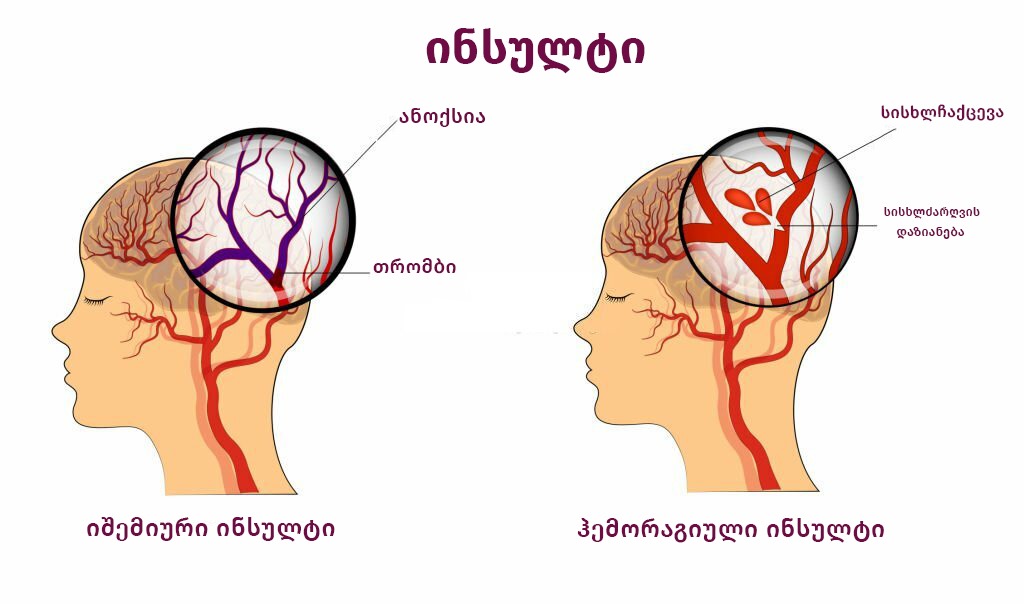What Is a Stroke?
2025-11-05
Main Types of Stroke
There are two main types of stroke, caused by different mechanisms:
-
Ischemic Stroke (most common — about 87%)
• Cause: blockage of an artery supplying the brain by a blood clot (thrombus) or other debris. This stops blood flow to a brain region (ischemia). -
Hemorrhagic Stroke
• Cause: rupture of a blood vessel in the brain, causing bleeding within or around brain tissue. Often results from high blood pressure (hypertension) or rupture of an aneurysm. -
Transient Ischemic Attack (TIA — “mini-stroke”)
• A temporary interruption of blood flow causing stroke-like symptoms that resolve completely (usually within 24 hours). TIA is a serious warning sign of a possible future major stroke.
Stroke Symptoms: Act FAST!
Time is critical in stroke management. The faster you respond, the better the outcome.
Use the FAST test (Face, Arms, Speech, Time):
-
F (Face): Ask the person to smile. Does one side of the face droop?
-
A (Arms): Ask them to raise both arms. Does one arm drift downward?
-
S (Speech): Ask them to repeat a simple phrase. Is their speech slurred or strange?
-
T (Time): If any symptom appears, call emergency services immediately!
Additional signs:
-
Sudden severe headache with no known cause.
-
Sudden blurred or lost vision in one or both eyes.
-
Sudden dizziness, loss of balance or coordination.
Diagnosis and Treatment
Diagnosis:
Established through neurological examination and brain imaging (CT or MRI) to determine stroke type (ischemic or hemorrhagic) and location of damage.
Treatment:
-
Ischemic Stroke:
-
Thrombolysis: intravenous administration of medication that dissolves the clot. Most effective within the first few hours (“golden window”).
-
Thrombectomy: mechanical removal of the clot via a catheter (endovascular approach).
-
-
Hemorrhagic Stroke:
-
Treatment focuses on stopping bleeding and controlling intracranial pressure. Neurosurgical intervention is often required.
-
Prevention: Control Risk Factors
Most strokes can be prevented. Key modifiable risk factors include:
-
High blood pressure (the most important factor)
-
Diabetes and high cholesterol
-
Smoking and excessive alcohol use
-
Heart diseases (e.g., atrial fibrillation)
-
Physical inactivity and obesity
Tip: Regular medical check-ups and a healthy lifestyle significantly reduce stroke risk.
Rehabilitation
Recovery after stroke is a long process. Multidisciplinary rehabilitation is crucial:
-
Physical therapy
-
Occupational therapy
-
Speech therapy
Rehabilitation helps restore lost functions and greatly improves the patient’s quality of life.
Stroke is a serious challenge, but timely action and treatment can greatly reduce its devastating effects. Remember FAST — this knowledge could save a life!